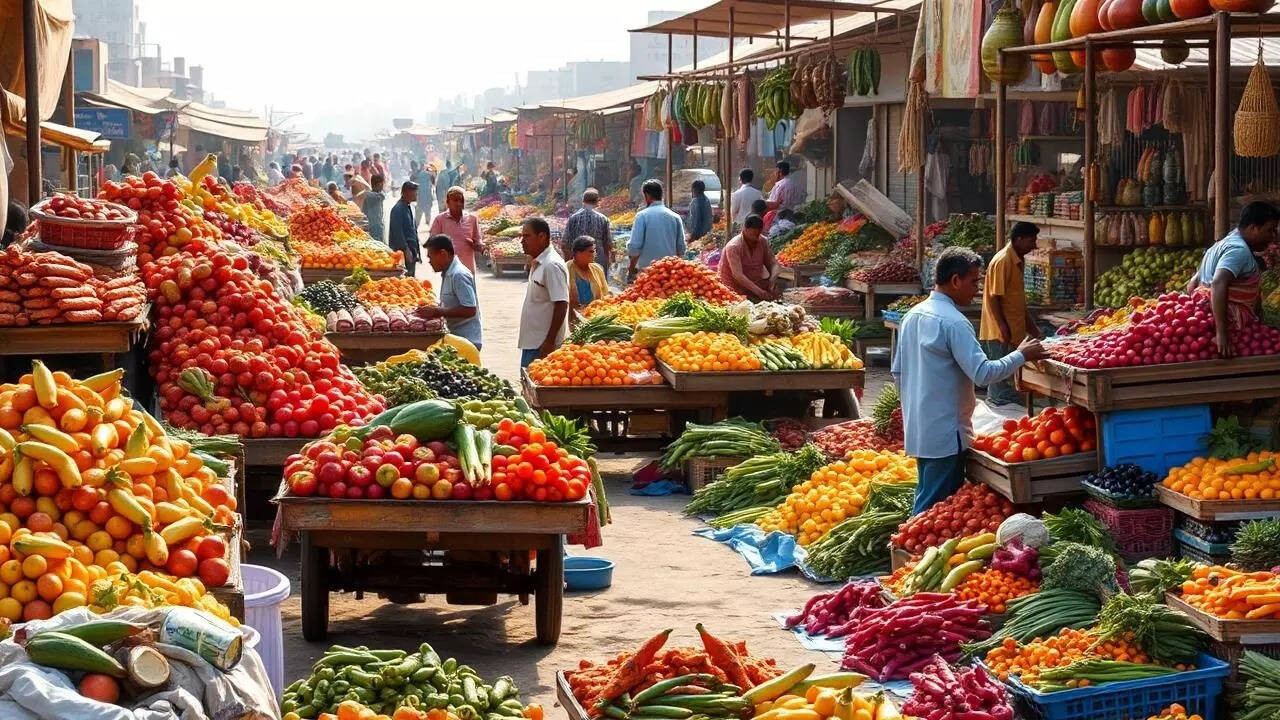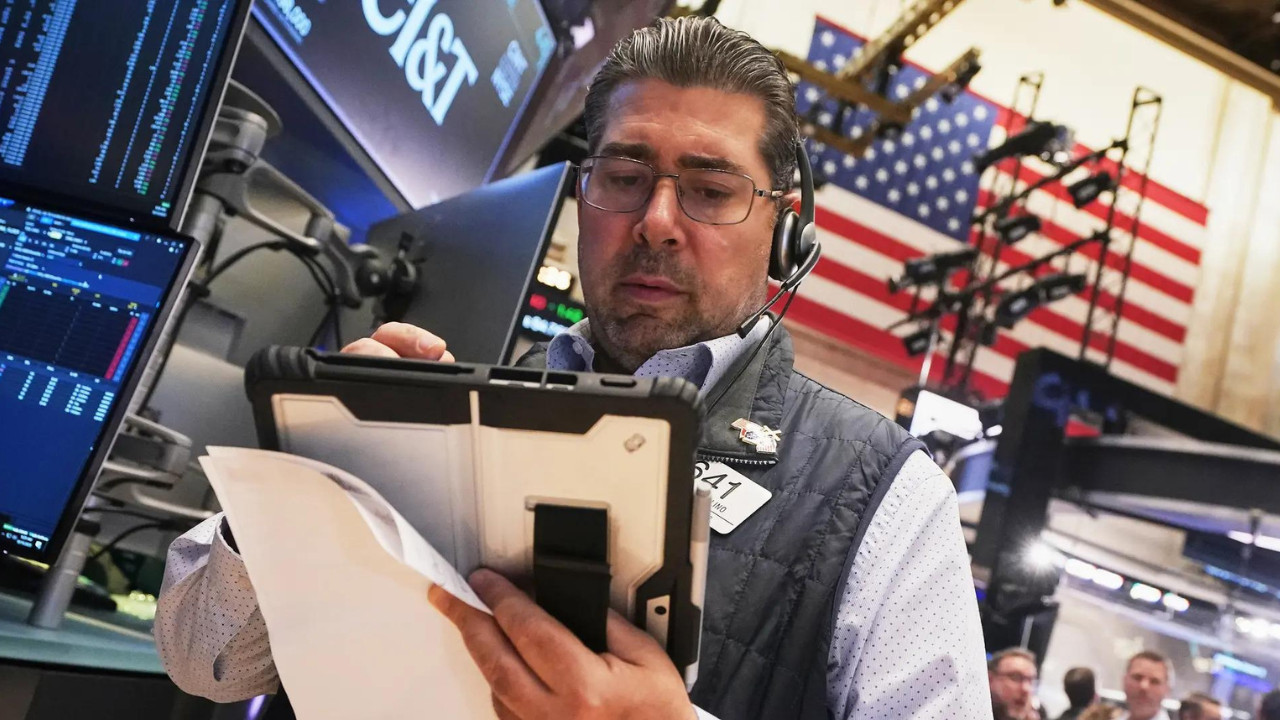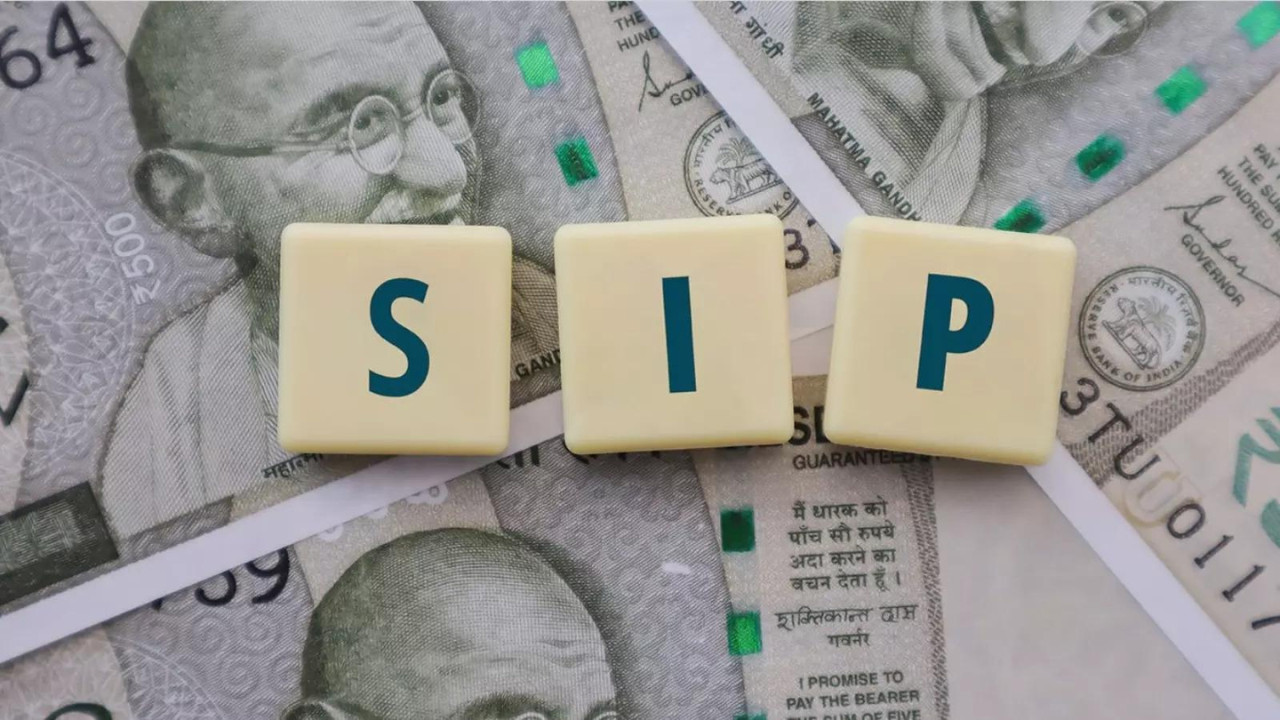Retail inflation has plummeted to a notable 1.55% in July 2025, marking an eight-year low since June 2017. A significant drop in food prices, with the Consumer Food Price Index at -1.76%, contributed to this decline.
A Welcome Breather: India’s Inflation Cools Off Dramatically
Remember that persistent heatwave of rising prices? It seems, finally, that a cool front has swept across the Indian economy. July 2025 brought surprisingly good news: retail inflation plunged to a remarkable 1.55%, an eight-year low that’s sending ripples of relief through households and businesses alike. This sharp deceleration in the Consumer Price Index (CPI) offers a much-needed breather after months of grappling with escalating costs.
But what’s behind this dramatic shift? And what does it mean for your wallet?
Food Prices Take a Tumble, Driving Down Inflation
The most significant factor contributing to this cooling trend is the noticeable easing of food inflation. Slipping to 1.76%, down significantly from previous months, cheaper food prices played a pivotal role in curbing the overall CPI. Factors like favorable monsoon rainfall boosting agricultural output and government interventions aimed at stabilizing food supply chains seem to be bearing fruit. This decline is particularly welcome for lower-income households, who spend a larger proportion of their income on food.

Imagine the sigh of relief at the local market. Tomatoes selling for a reasonable price again. The cost of your daily bread a little less burdensome. This isn’t just about numbers; it’s about real, tangible improvements in the financial lives of ordinary people.
Beyond Food: A Broader Economic Picture
While food prices are the star of this deflationary show, they aren’t the only players. A complex interplay of global factors, domestic policies, and evolving consumer behavior is at work. For example, a slight dip in global commodity prices – from crude oil to metals – has eased pressure on input costs for various industries. This, in turn, has helped manufacturers keep prices in check.
Furthermore, strategic fiscal and monetary policies implemented by the government and the Reserve Bank of India (RBI) have played a critical role. Measures aimed at managing liquidity in the financial system and controlling government spending are contributing to a more stable economic environment. This orchestrated approach is proving effective in taming inflationary pressures.
What Does This Mean for Your Wallet?
The decline in retail inflation has numerous positive implications for consumers. First and foremost, it increases your purchasing power. With prices stabilizing or even decreasing, your hard-earned money goes further, allowing you to buy more goods and services. This is especially beneficial for families struggling to make ends meet.
Moreover, lower inflation can lead to lower interest rates in the future. As the RBI gains confidence in the stability of prices, it may choose to ease monetary policy, making loans cheaper for individuals and businesses. This could spur investment, boost economic growth, and create more job opportunities. Read about the potential for economic growth in India after the 2024 elections.
Cautions and Future Outlook
While the news is undoubtedly positive, it’s essential to temper enthusiasm with caution. One month of low inflation doesn’t guarantee a long-term trend. External shocks, such as unexpected spikes in global oil prices or adverse weather events affecting agricultural production, could easily disrupt the current equilibrium.
Also, while a moderate level of inflation is generally considered healthy for an economy, deflation – a sustained period of falling prices – can be detrimental, leading to decreased demand and economic stagnation. Policymakers need to carefully navigate the fine line between controlling inflation and avoiding deflationary pressures.
The road ahead requires vigilance and proactive measures. Maintaining a stable and sustainable economic environment demands continuous monitoring of key indicators, adaptive policy responses, and a collaborative effort from all stakeholders.
A Reason for Optimism
The dramatic drop in India’s retail inflation offers a much-needed respite and a reason for cautious optimism. While challenges remain, the recent data suggests that the measures taken to control rising prices are yielding results. This positive trend, if sustained, can pave the way for stronger economic growth, improved living standards, and a more prosperous future for all Indians.







